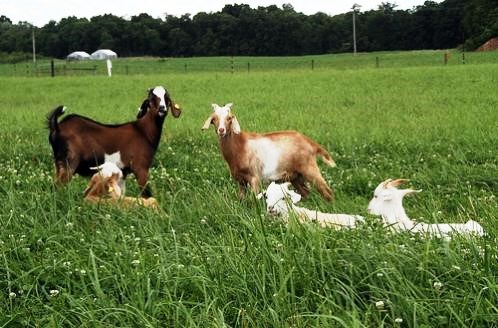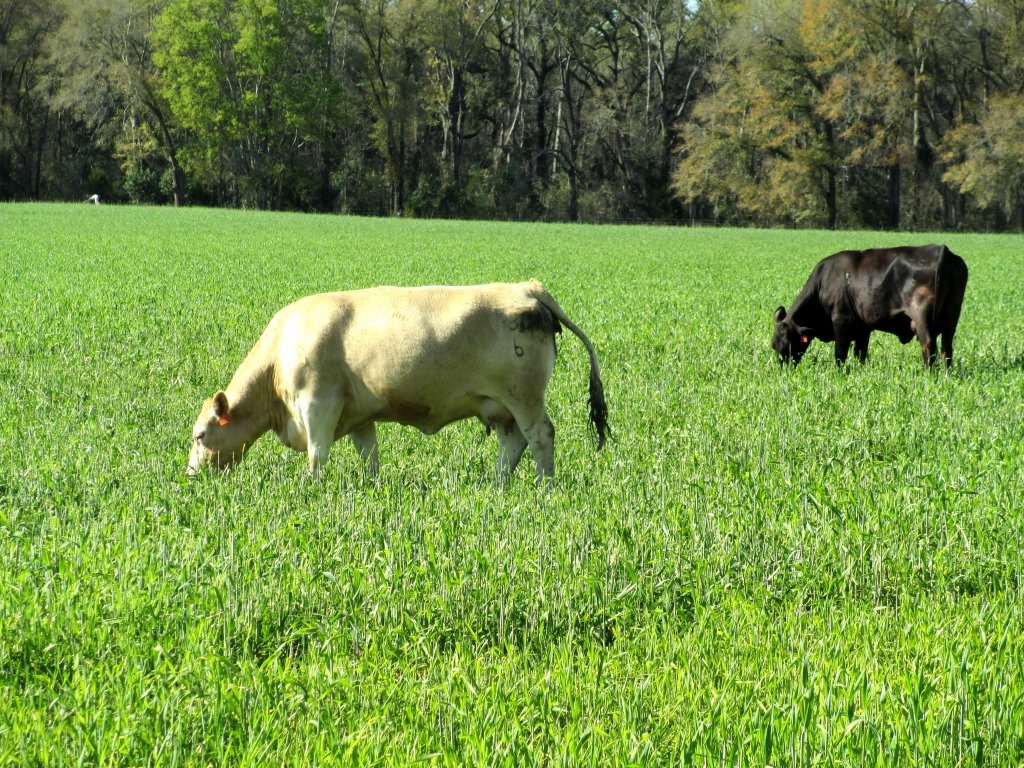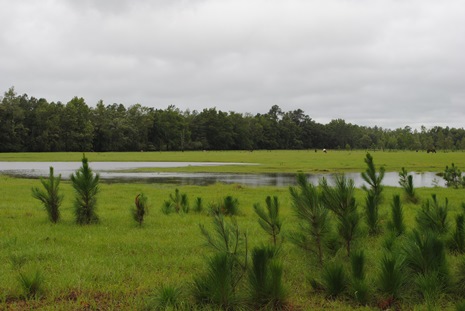
by Doug Mayo | Nov 15, 2013
Dr. Henry Grant, County Extension Director, Livestock Agent, Gadsden County Extension Service A winter feeding program for meat goats should have as its main objectives: to provide the nutrients necessary to maintain a reasonable body condition, to prevent weight...
by ndilorenzo | Oct 12, 2013
Nicolas DiLorenzo, UF/IFAS NFREC Beef Nutrition Specialist The days are getting shorter and the nights cooler. It won’t be long until summer bahiagrass and bermudagrass pastures will go dormant after the first killing frost. Ranchers have some tough decisions...

by Doug Mayo | Sep 27, 2013
Doug Mayo, Jackson County Extension & Ann Blount, UF/IFAS Forage Breeder Cool season forages have long been the very highest quality feed that can be grown on the ranch for winter livestock supplementation in the Southeast. Land preparation, seed, and fertilizer...
by Doug Mayo | Aug 23, 2013
Brent Sellers, RCREC Extension Weed Specialist; Jay Ferrell, UF/IFAS Extension Weed Specialist; & Joao Vendramini, RCREC Forage Extension Specialist There have traditionally been few options for controlling weeds in pastures. In the recent past, 2,4-D was...

by Les Harrison | Aug 9, 2013
Weeks of consistent above normal rains have filled farm ponds, ditches, swamps and anything else which will hold water. While this is a positive trend for the water table and minimized, if not eliminates, the need for irrigation, there is a down side. The mosquito...
by ifwpadmnwdistrict | Jul 19, 2013
By Dr. Henry Grant, Gadsden County Extension Director. Recently, I received a telephone call from a client regarding establishing a permanent pasture of Argentine Bahia for livestock grazing. In this situation, the client did not want to remove many trees from the...




